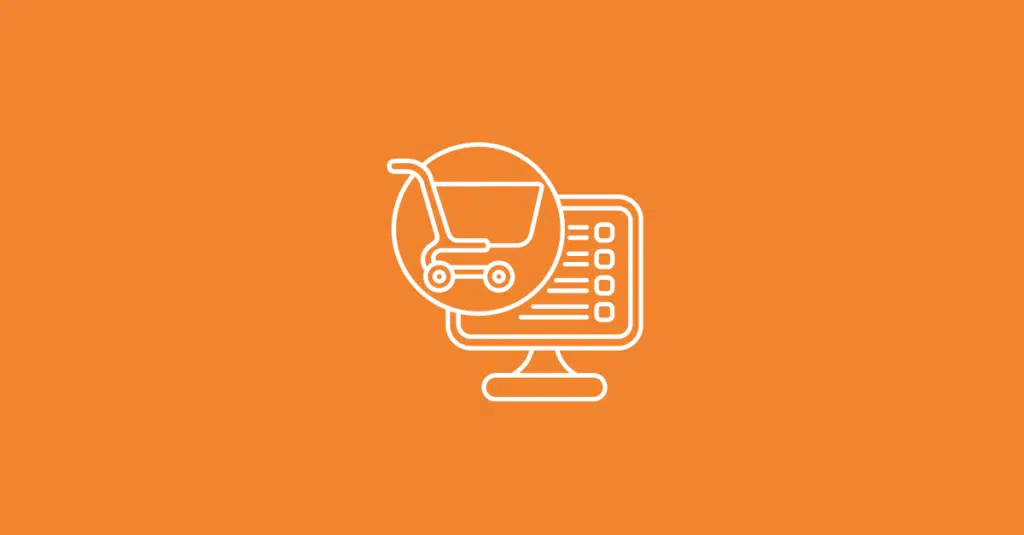HubSpot provides many options for businesses looking to grow through inbound marketing for eCommerce.[1] It comes with a strong set of features and powerful integrations to make the platform even more effective. This article with cover the best HubSpot eCommerce integrations for marketers in 2022.
HubSpot’s eCommerce Gaps
HubSpot’s eCommerce features[2] are good, but there are a few gaps you’ll need to address. Fortunately, third-party providers offer many great integrations to fill those gaps.
eCommerce Platforms
Although you could potentially cobble together a serviceable eCommerce platform with HubSpot CMS Hub, that’s probably not the easiest or most efficient way to go about it. There are so many eCommerce platforms out there that exist only to integrate sales, marketing, analytics, and financial activities into one platform.
Magento, BigCommerce, WooCommerce, and Shopify are some of the better-known options that integrate with HubSpot.
Shopping Carts
Shopping carts make it easy for your customers to make purchases, and HubSpot doesn’t have a built-in solution to handle that.
Cartfuel, Spiffy, and One Page Pay, and SamCart are a few examples of tools that do. And they all integrate with HubSpot.
Reviews
Reviews serve as critical social proof for your potential customers. Tools like Yotpo Reviews and REVIEWS.io integrate with HubSpot to make it easier to collect reviews. Yotpo will “turn your customer content into sales by collecting and leveraging reviews, ratings, and Q&A with Yotpo’s AI-powered solutions,” and REVIEWS.io is a similar alternative.
Loyalty Programs
Loyalty programs increase customer engagement and loyalty. Smile, Swell, and LoyaltyLion all have HubSpot integrations.
WebSite Visitor Identification
Website visitor identification enables you to connect with more of the shoppers on your site with personalized messages. LeadPost integrates with HubSpot and sends the names, email addresses, and mailing addresses of up to 40 percent of your anonymous website traffic to HubSpot—even if they don’t convert on your website. Sign up today to get 100 free leads.
The Best HubSpot eCommerce Integrations
Here’s our list of some of the best eCommerce integrations for HubSpot. Many of these tools were purpose-built by HubSpot to meet the needs of eCommerce marketers.
For example, HubSpot for Shopify and HubSpot for WooCommerce are each integrations developed by HubSpot to make it easier to integrate those stores with the platform. If you use an eCommerce platform that doesn’t integrate with HubSpot, HubSpot’s Ecomm Bridge is a set of APIs that make it easy for developers to integrate any platform with HubSpot.
If you’re all set, but you need some help on the email acquisition side, try LeadPost. We’ll help you build your email list and provide the data you need for better eCommerce personalization. Website visitor identification is a great inbound marketing tool for eCommerce.[3] It helps with audience segmentation, email marketing, and a lot more.
Find the HubSpot eCommerce Integrations You Need
HubSpot has a large library of eCommerce integrations. If you need it, there’s a good chance they have it. Check out some of the tools they have to offer. So whatever you need to connect, check the software’s documentation to see if they’ve created an integration or can be linked to HubSpot with a tool like Zapier. There are a lot of good tools that integrate with HubSpot but aren’t in HubSpot’s marketplace.
[1] A Simple but Effective Approach to Inbound Marketing for eCommerce
[2] A Quick Little Guide on How to Use HubSpot for eCommerce
[3] Here is The Best Affordable Inbound Marketing Tool for eCommerce
